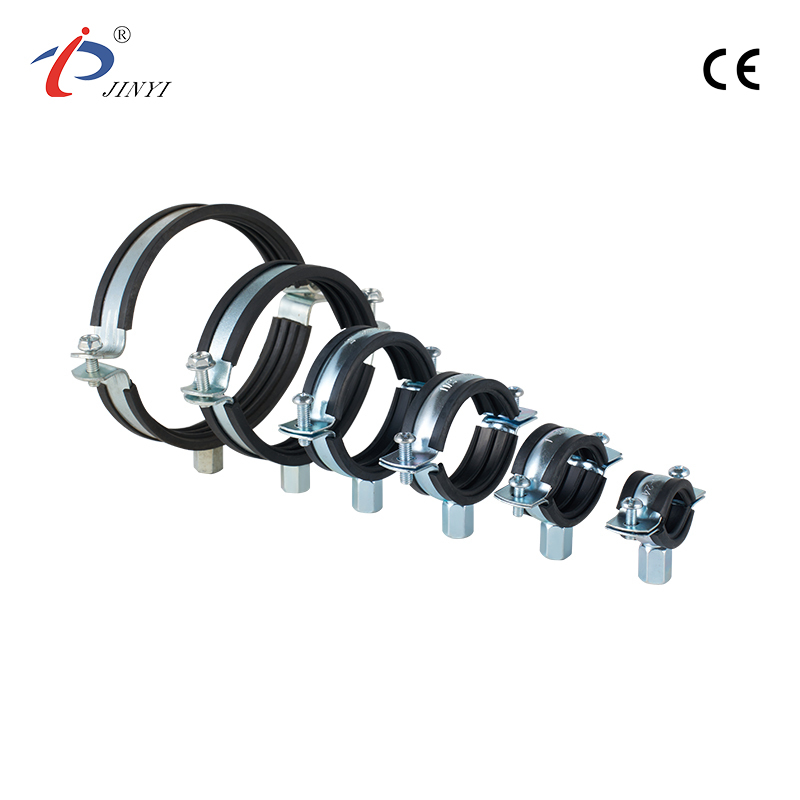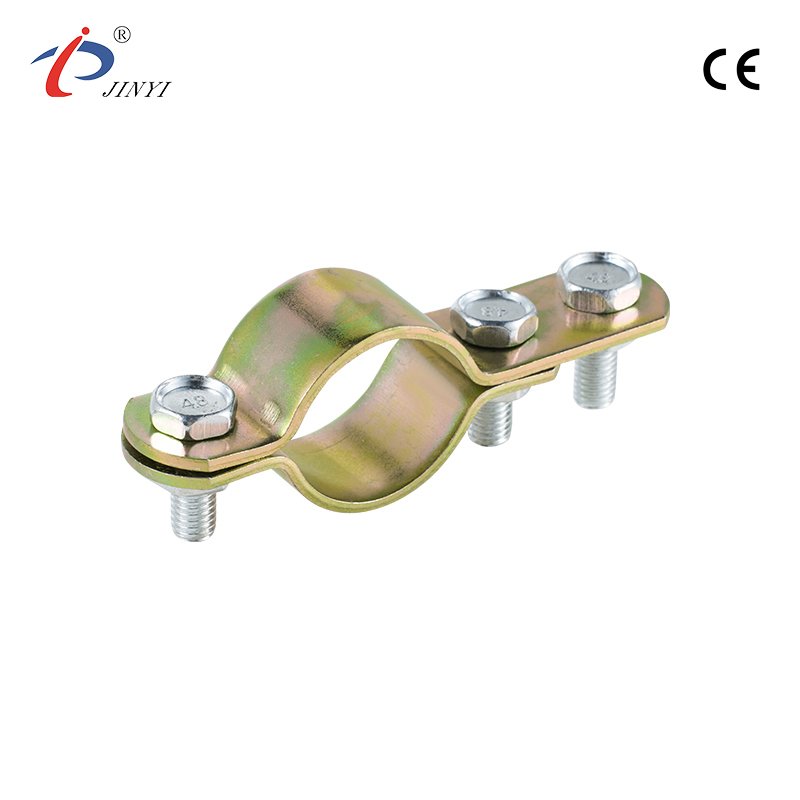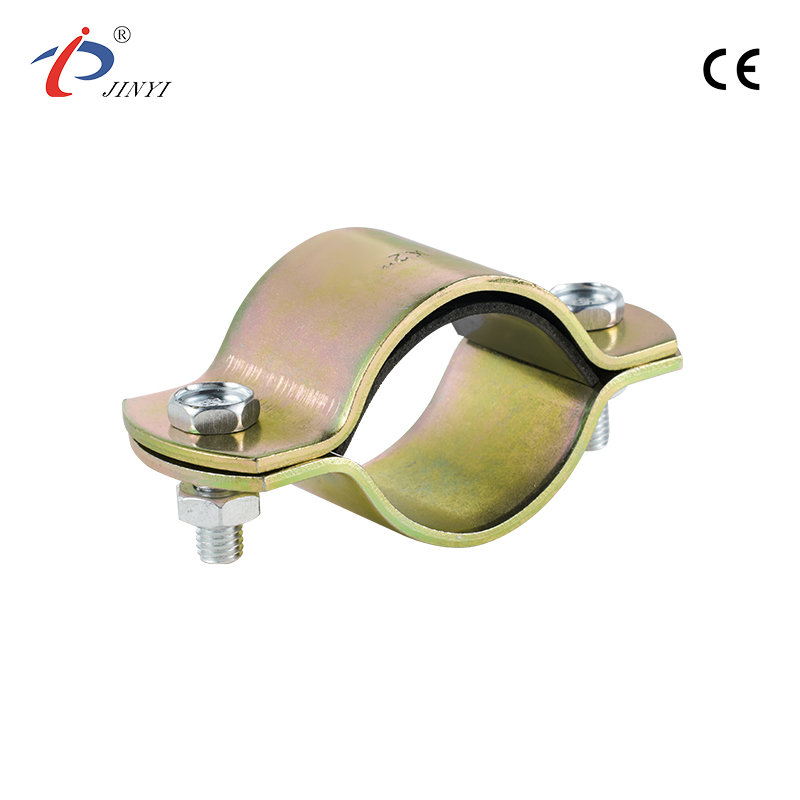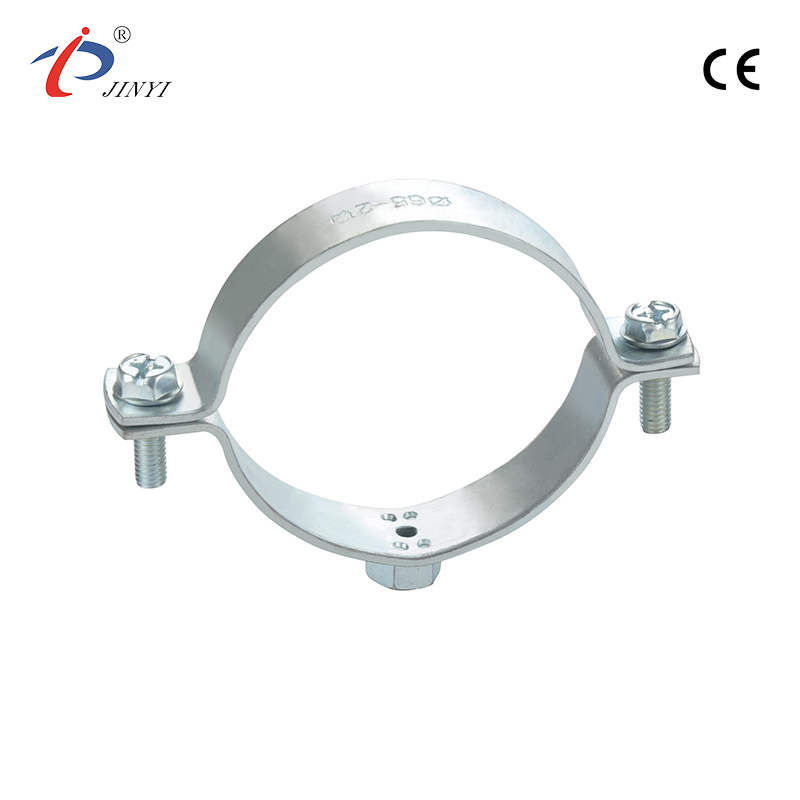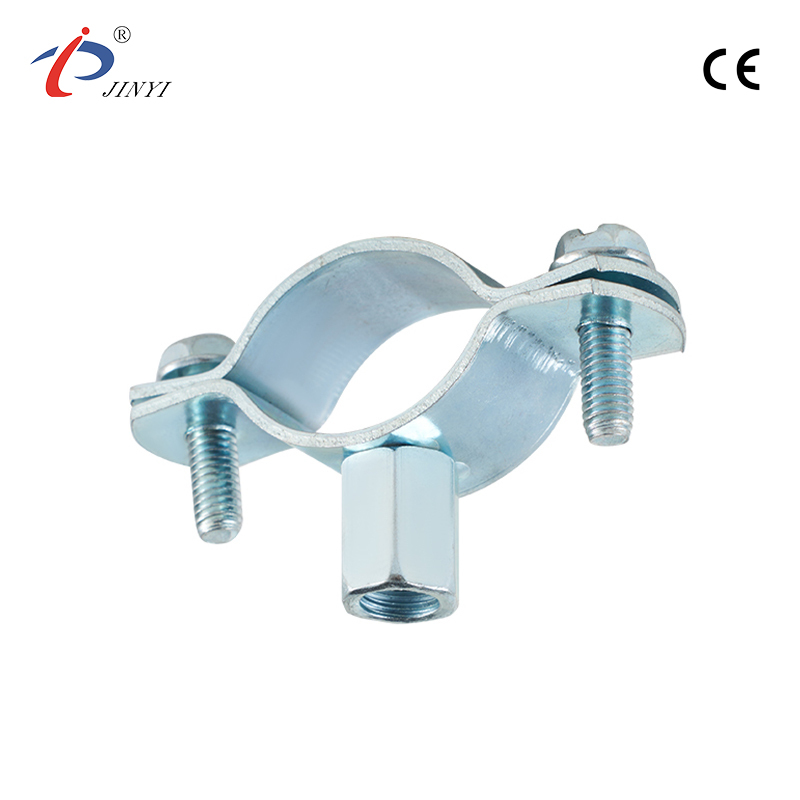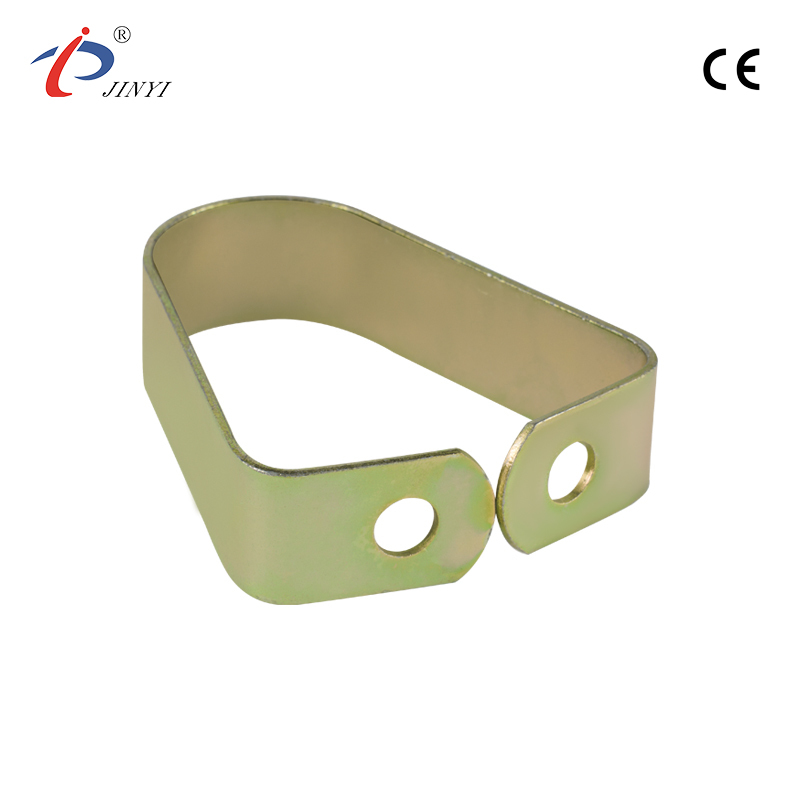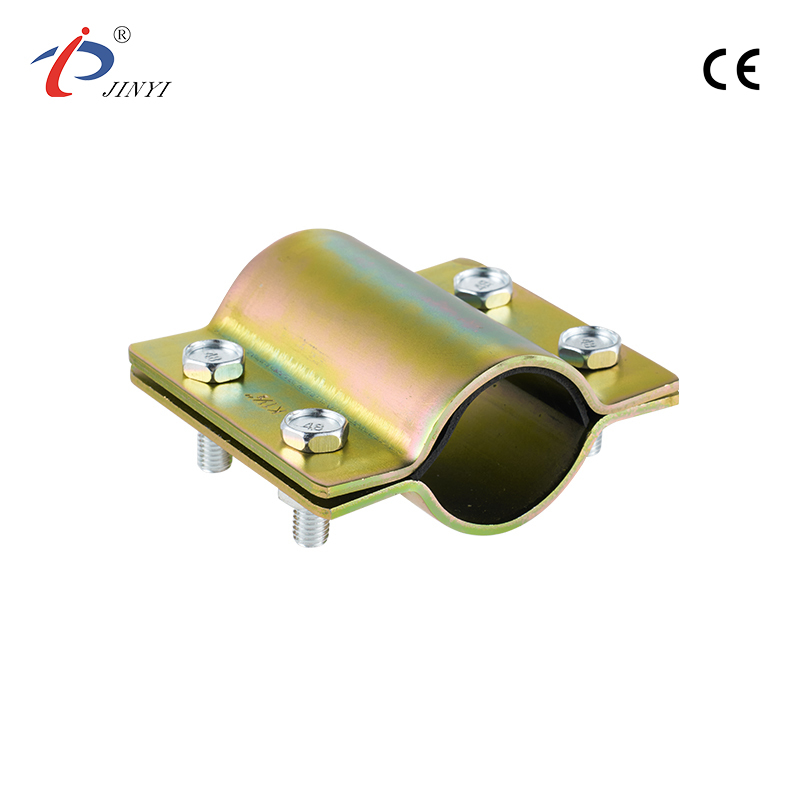How Does Shock Absorption Improve Water Meter Bracket Performance
2025-10-03
Water meter brackets are small yet crucial components within plumbing and water distribution systems. Their design plays a vital role in maintaining system stability, protecting meters from damage, and ensuring accurate readings. Among the essential aspects of these brackets are shock absorption and vibration control, which help mitigate mechanical stress and extend the service life of both the bracket and connected meters.
Understanding the Impact of Vibrations
Vibrations in water systems can arise from pumps, sudden changes in water flow, or pressure fluctuations. Even minor vibrations, if left unchecked, can lead to misalignment, loosening of fasteners, or wear on sensitive meter components. Over time, this can reduce the accuracy of readings and increase maintenance requirements. Brackets that include vibration-dampening features provide a buffer, reducing the direct transfer of motion to the meter itself.
Design Considerations for Shock Absorption
Effective bracket design incorporates materials and structural elements that absorb shocks. This may involve flexible mounting points, resilient pads, or specialized elastomer inserts that cushion the meter against sudden impacts. By distributing force more evenly, these design features protect both the meter housing and the pipes it connects to, minimizing potential damage caused by operational disturbances or accidental contact during maintenance.
Material Selection and Its Role
The choice of materials in water meter brackets is critical for vibration control. Metals such as stainless steel or reinforced aluminum provide durability, while polymers or rubberized elements add elasticity and damping properties. Combining rigid and flexible components allows designers to achieve a balance between structural support and effective shock absorption, ensuring that the meter remains stable without excessive rigidity.
Installation Practices to Enhance Performance
Even well-designed brackets can underperform if installation is not carefully executed. Proper alignment, secure fastenings, and correct spacing from surrounding structures contribute significantly to vibration reduction. Additionally, avoiding over-tightening fasteners helps maintain the elasticity of cushioning elements, allowing them to absorb shocks effectively. Regular inspection and adjustment further enhance long-term performance.
Integrating with Modern Water Systems
As water metering technology evolves, brackets must accommodate additional sensors, wireless communication modules, or smart monitoring devices. Effective shock-absorbing and vibration-control designs ensure that these attachments do not compromise meter stability. This adaptability is especially valuable in smart water systems, where precise readings and minimal maintenance interruptions are critical.
Maintenance and Longevity
Routine checks of brackets, cushioning components, and fasteners help maintain optimal performance. Cleaning debris, inspecting for material fatigue, and replacing worn damping elements prevent gradual degradation that can compromise both vibration control and shock absorption. Such proactive maintenance supports accurate metering and extends the functional life of the entire system.
In conclusion, shock absorption and vibration control are fundamental to the design and operation of water meter brackets. By carefully selecting materials, incorporating damping features, following proper installation techniques, and conducting regular maintenance, operators can protect meters, ensure accurate readings, and enhance system reliability over time.



 русский
русский  Español
Español 